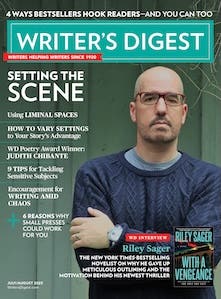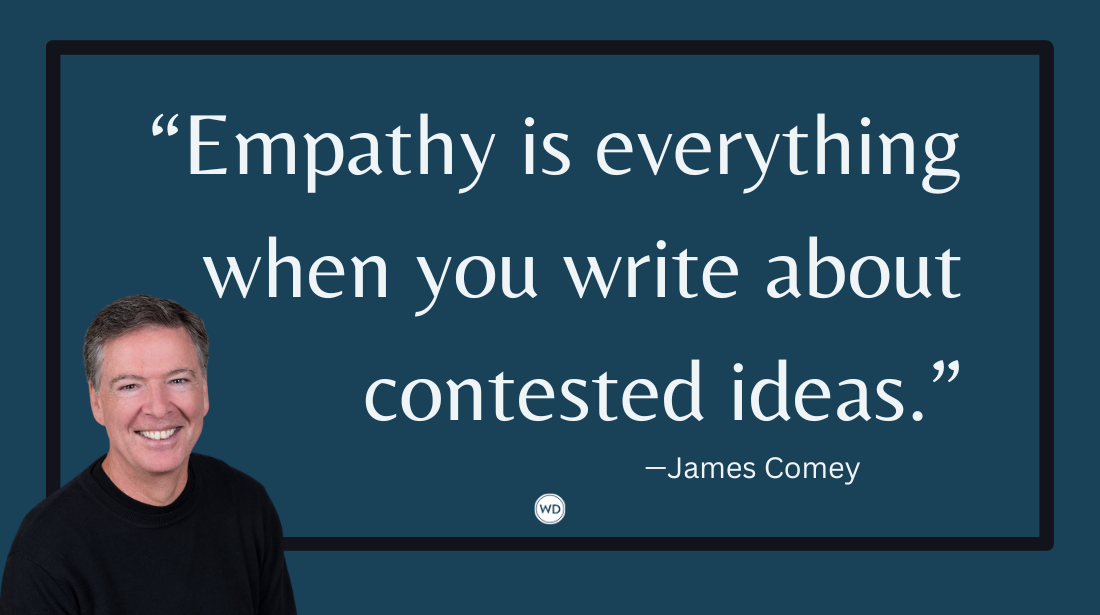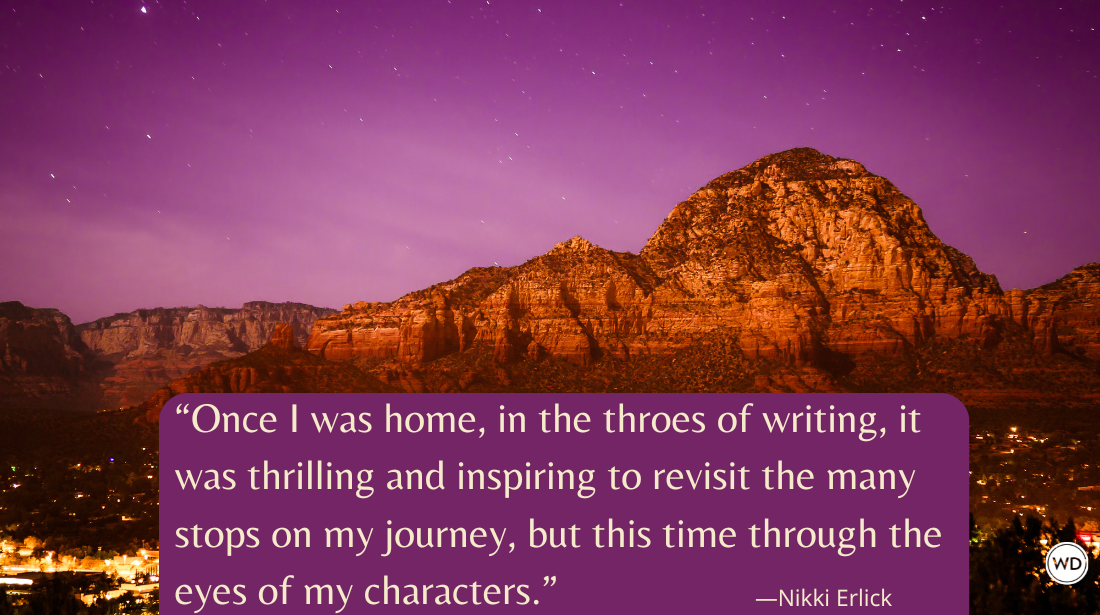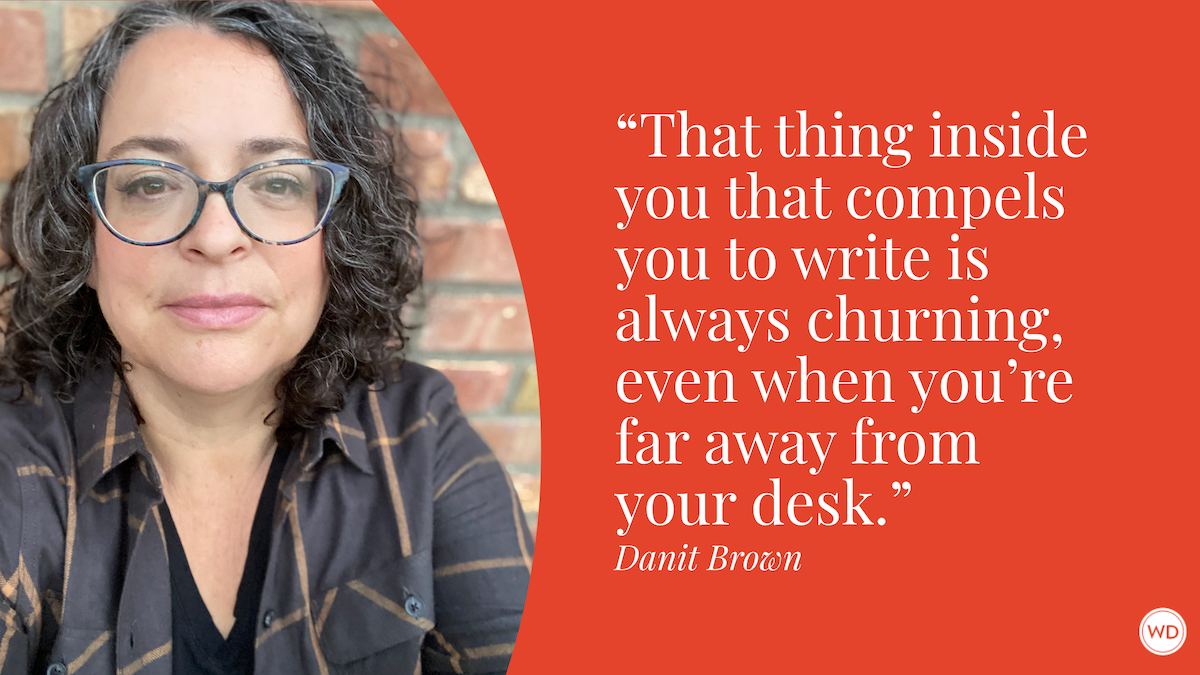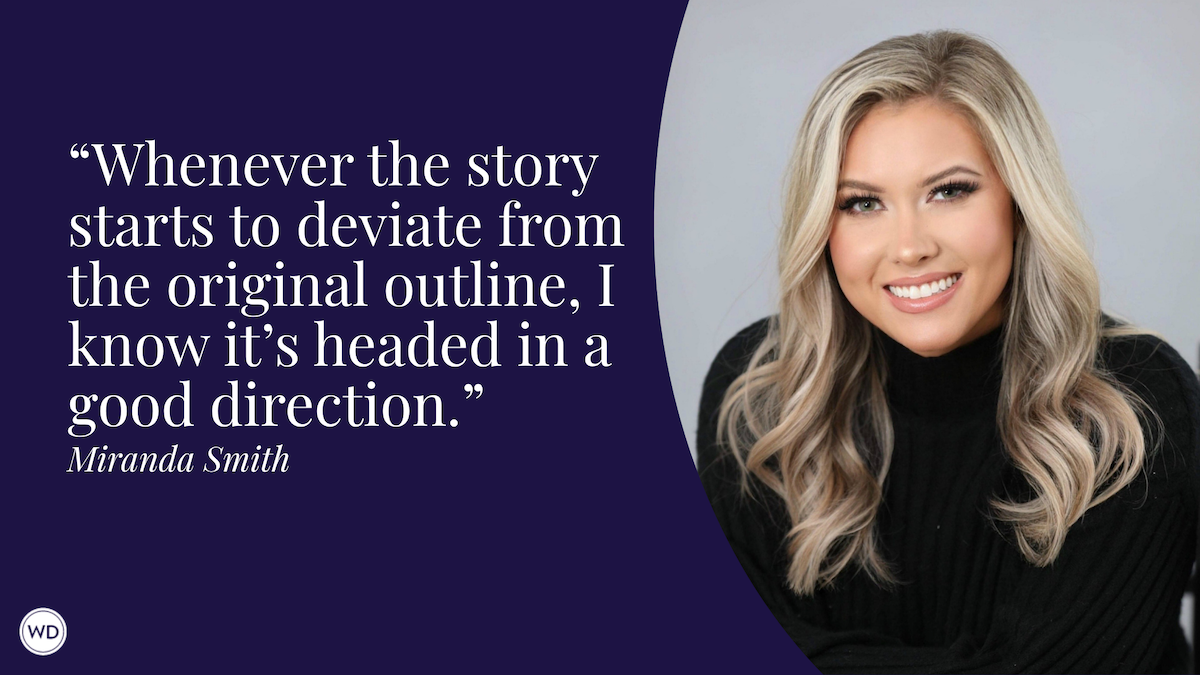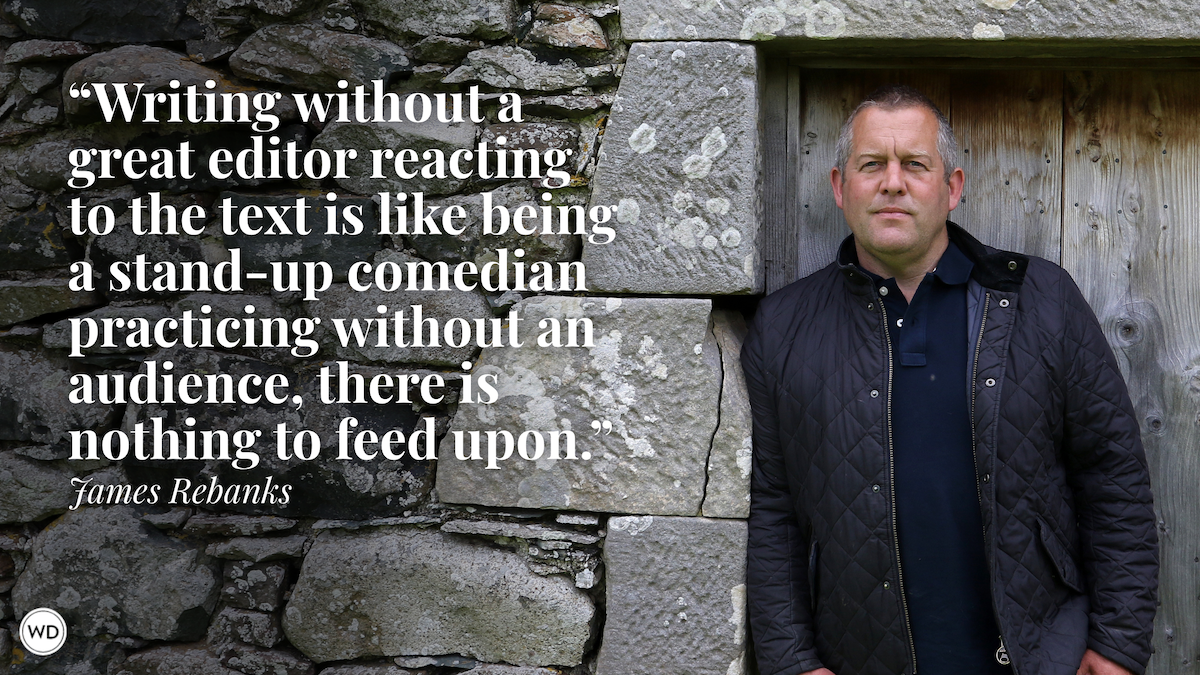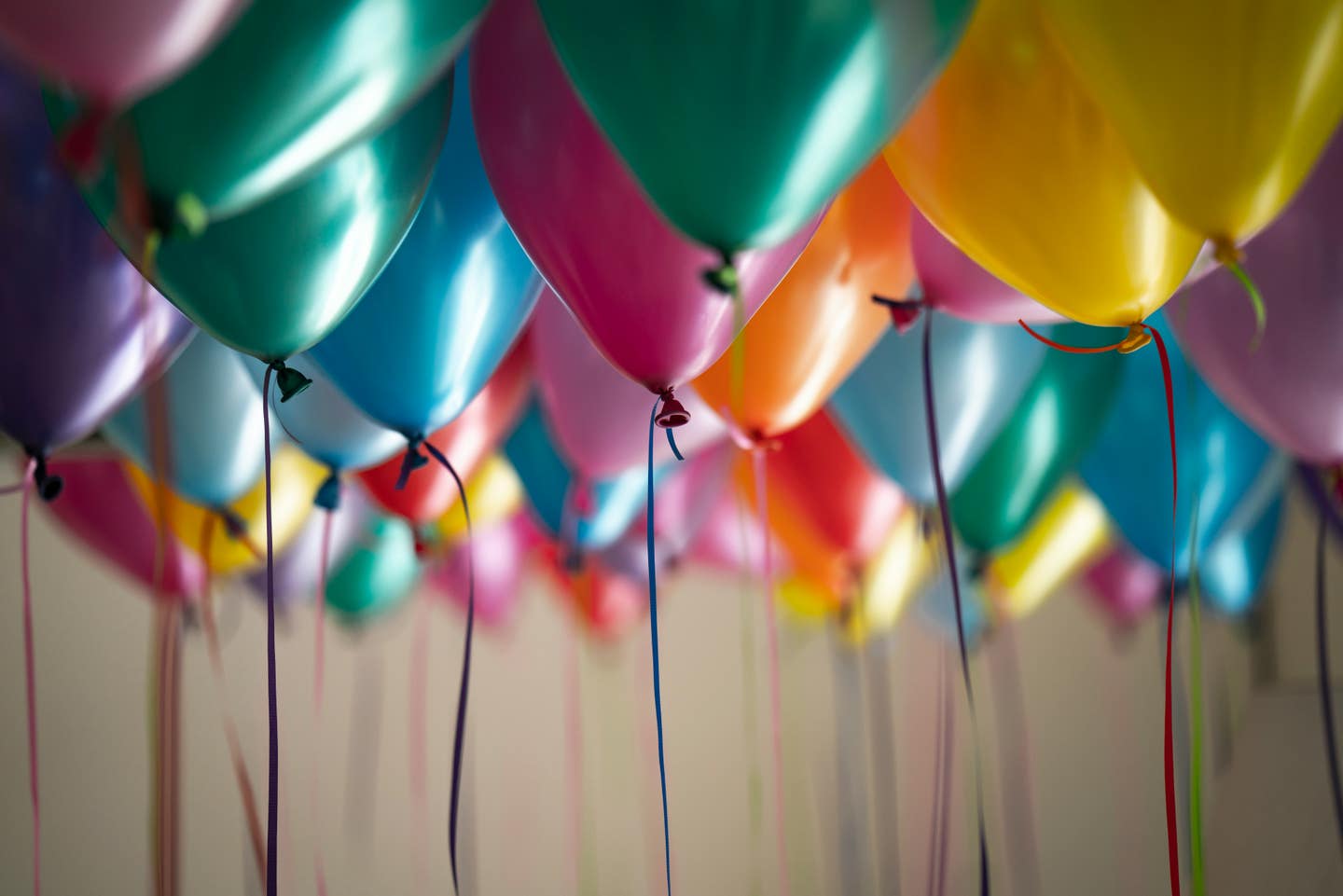4 Reasons We Need Diverse Books—and Why We Need Them Now
Author Caroline Richmond shares four reasons we (all of us) need diverse books and why we need them now more than ever.
When I was in the ninth grade, my English teacher introduced me to a book that would change my life. For one of our units, Mrs. Wilkerson assigned the novel The Joy Luck Club by Amy Tan. We only had to read a few specific chapters for our class discussions, but as soon as I opened the book I simply inhaled it. From the very first sentence, it felt as if Tan had peered into my brain and typed up all the tangled emotions that I felt as the daughter of Chinese immigrants in America. There were Mandarin phrases in the book that I had only heard my grandmother say before. For the first time in my life, I saw myself reflected on the page.
The Joy Luck Club validated who I was, a nerdy suburban teen who often felt embarrassed by my family’s otherness. It made me feel proud of my heritage—and it made me realize that my own story mattered. That is the power of a diverse book.
Because of that experience, decades later, I now work at We Need Diverse Books (WNDB), a nonprofit that creates lifelong readers and a more compassionate world through inclusive literature. On April 3, we invite you to celebrate the inaugural We Need Diverse Books Day with us, which will highlight the importance of reading books that reflect our beautifully diverse world. It’s easy to join us too—simply share a diverse book on social media and tell us why you picked it, using the #WeNeedDiverseBooksDay hashtag.
Here are four reasons why we think these stories are so important and why we need them now more than ever.
1. Diverse books create lifelong readers.
There’s a literacy crisis in America. Two thirds of our children can’t read with proficiency, and the literacy rates for diverse kids lag significantly behind their peers. One reason for this disparity? Diverse children tend to have a much harder time finding books that they can connect with. They will search and search for themselves in the pages of a book, to find a tether to a story. But eventually they lose interest in reading when they can’t locate that tether on their shelves.
Diverse books, however, can help close this literacy gap. When kids have access to diverse bookshelves, they read four more hours per week, according to a First Book study. Access to inclusive books might seem like a minor issue in today’s climate, but these stories can improve our society at large by creating a more literate and educated citizenry, with better health outcomes and employment opportunities.
2. Diverse books build connections across communities.
After I published my first young adult novel in 2014, I soon experienced one of the joys of writing for teens—hearing from readers. A teacher in South Dakota had read my book with his class and sent me a big envelope with the students’ letters, many hand-written. They were full of questions, about where I got my ideas from, about why I wrote alternate history, about what kind of super power I would want (since my novel featured characters with special powers).
As I worked on my responses, I thought about these kids and their small hometown, where there were likely very few Asian people. And yet, they had no issue at all when it came to connecting to my Asian-American protagonist and glimpsing the world through her eyes. They were rooting for her. They wanted to be like her.
That’s the magical thing about stories. Dr. Rudine Sims Bishop pioneered the teaching that books can be mirrors and windows into the human experience. A ‘mirror’ book will reflect a reader’s life—like The Joy Luck Club was for me—and allow them to feel seen. A ‘window’ book will introduce readers to experiences outside of their own, like my novel was for these students. Readers need both types of stories, which is one of the reasons why we started We Need Diverse Books Day.
3. Diverse books need our support.
Book bans aren’t new in America, but they have risen sharply since 2021 and now affect over four million students nationwide. A few of the titles getting targeted include Heather Has Two Mommies by Lesléa Newman and Laura Cornell, Beyond Magenta: Transgender Teens Speak Out by Susan Kuklin, and The Hate U Give by Angie Thomas. What do these books have in common? They center marginalized voices and reflect the diversity in our world today, and yet these stories are getting challenged at schools and libraries nationally. Thousands of these titles have been removed from shelves, and research shows that 59 percent of banned books were children’s fiction with diverse characters or nonfiction books about historical figures and social movements.
As censorship efforts continue to spread, we can help protect the freedom to read by purchasing books by diverse authors, requesting them at our libraries, and speaking out against book bans in our communities. Let’s voice our support for these vital stories.
4. Diverse books are great literature.
WNDB is now over a decade old, but we still face the sentiment that diverse books are meant for diverse readers only. On We Need Diverse Books Day, we hope to spread the message that these stories are for everyone—and that diverse books are great literature, full stop.
Like a proud mother hen, I’d love to highlight a few books created by some of the writers and illustrators who’ve participated in WNDB’s initiatives, like our Mentorship program and our Walter Dean Myers Grant. You may want to check these out on We Need Diverse Books Day:
- A Reese’s Book Club YA pick, Furia by Yamile Saied Mendezfollows Argentine Camila Hassan who’s known as La Furia on the soccer pitch for her power and skill, but who has to hide her playing from her disapproving parents.
- Amina Luqman-Dawson’s Freewater is a middle grade historical novel that follows twelve-year-old Homer, who flees from Southerland Plantation and finds his way to a secret community called Freewater, deep in the swamp and created by formerly enslaved people. Freewater received the Newbery Medal in 2023.
- For younger readers, the picture book To Change a Planet by Christina Soontornvat and Rahele Jomepour Bell explores the importance of caring for the Earth and how everyone, big or small, can take part in that effort.
For more book recommendations, I encourage you to follow WNDB on social media where we will be sharing more titles. We also invite you to join us on We Need Diverse Books Day, and we hope you carry the spirit of this holiday throughout the rest of the year—because diverse books can be celebrated every day.


